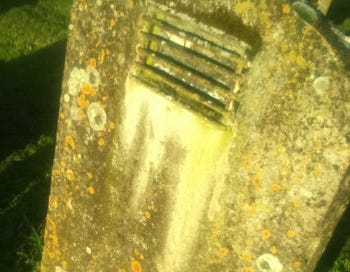We came to St Mary’s church in the Suffolk village of Wood Ditton, searching for a particular gravestone and its epitaph to a local man described as a gourmand. On the first of March 1753, William Sy…
Keep reading with a 7-day free trial
Subscribe to Topographic Kitchens to keep reading this post and get 7 days of free access to the full post archives.



